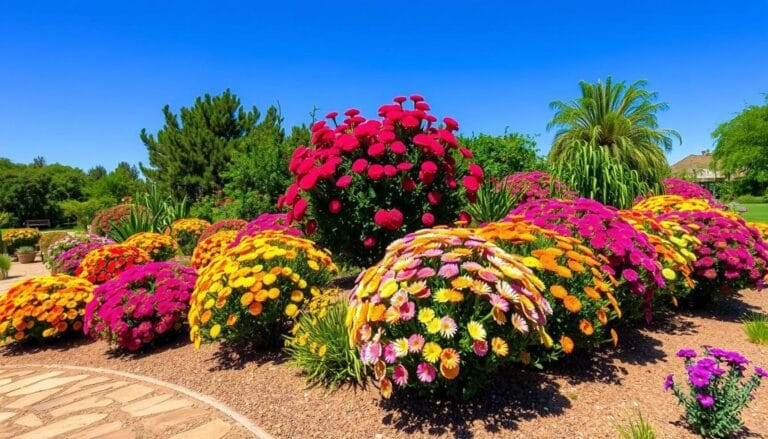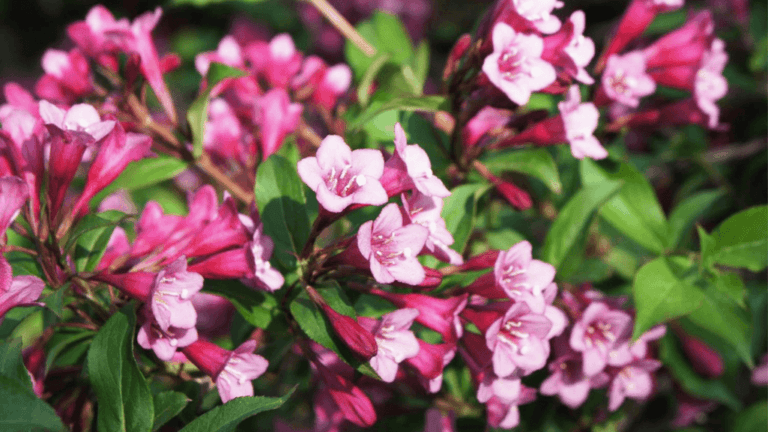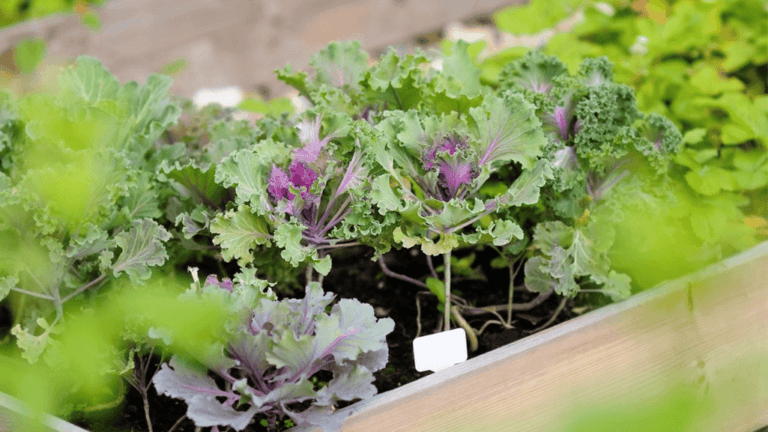Beautiful flowers gardenia Plants For Your homes

As a gardener, you know that frost cloth is key for protecting plants from cold. But, it’s hard to pick the right frost cloth for your garden. This guide will help you understand frost cloth, how it works, and how to use it to protect your plants.
Frost cloth, also known as row cover or garden cloth, is a lightweight fabric. It shields plants from freezing temperatures and frost damage. Unlike bed sheets or tarps, frost blankets are made of breathable polypropylene. This allows airflow while insulating plants well. They’re perfect for early spring and fall when plants are vulnerable to cold.
By using frost cloth wisely, you can grow plants longer, protect tender seedlings, and even keep some crops through winter. Whether you’re experienced or new, having good frost cloth is crucial for winter gardening. It keeps your plants healthy during the cold months.
Key Takeaways
- Frost cloth protects plants from cold damage and extends the growing season
- Different weights of frost cloth offer varying levels of protection
- Proper installation and securing of frost cloth is crucial for effectiveness
- Frost cloth is breathable, allowing airflow while insulating plants
- Having frost cloth on hand is essential for successful winter gardening
Understanding Frost and Its Impact on Plants
Frost is common in many places and can harm plants a lot. When it gets below 32°F (0°C), plants can freeze. This damage varies based on the plant’s hardiness, how long it freezes, and its growth stage.
There are different kinds of frost, each with its own severity. A light freeze can kill plants like tomatoes. A moderate freeze can damage plants more, especially their blossoms. Severe freezes can harm plants a lot, even killing them if they’re not dormant.
The timing of frost is also key. Frost often happens in late spring, early fall, or when temperatures change a lot. In February, a Michigan weather station saw unusual warmth, leading to plant stress and frost damage in 2012.
Plants that are actively growing are very sensitive to frost. Ice on leaves can dehydrate them. Some plants, like tomatoes, can die from one frost. But hardy peppers can survive a few frosts.
Knowing how frost affects plants is crucial for gardeners and farmers. By understanding a plant’s sensitivity and hardiness, and watching the weather, growers can protect their plants. This helps them survive harsh conditions.
What is Frost Cloth and How Does It Work?
Frost cloth, also known as horticultural fabric, plant blanket, or cold weather covers, is a lightweight material. It protects plants from frost damage. This insulating cloth traps heat from the soil and prevents moisture on plants from freezing.
By using frost blankets, gardeners can extend the growing season. They safeguard plants during cold snaps.
Frost cloth creates a barrier between plants and cold air. It traps heat from the soil. This keeps plants warm, with temperatures under the cover 5-10 degrees warmer than outside.
Professional frost blankets for gardens allow light during the day. They can be left on day and night without harming plant health.
Materials Used in Frost Cloth
Frost cloth is made from lightweight, breathable materials like polypropylene or polyester. These materials allow airflow while insulating and protecting from frost. The fabric dries quickly and remains lightweight, even when wet.
Different weights of frost fabric offer varying protection and light penetration. Lighter fabrics, like AG-15 and AG-19, protect against insects but offer little thermal protection. Heavier fabrics, like AG-50 and AG-70, provide better frost protection but let in less light.
How Frost Cloth Protects Plants
The key to using frost cloth is to cover the garden fully and reach the ground. This creates a barrier that retains soil heat. Frost blankets trap this heat and prevent cold air from touching plants.
When using frost cloth, avoid direct contact with plants. This can transfer ice and cold. Use tomato cages, trellises, or simple structures to keep the fabric elevated. Soil pins can secure the blanket over plants, ensuring effective frost protection.
With proper use and storage, frost cloth can protect plants for years. Understanding how it works and choosing the right weight for your garden can shield plants from cold damage. This extends your growing season.
Choosing the Right Frost Cloth for Your Garden
Protecting your plants from frost damage is key. There are many frost cloths to choose from. It’s important to know the differences to pick the right horticultural supplies. This way, your plants stay safe and healthy in cold weather.
Different Weights of Frost Cloth
Frost cloth, also known as row covers or garden fabric, comes in different weights. Each weight offers a different level of protection against cold. Here are the most common weights:
- Lightweight (0.5 oz./sq. yd.): Protects down to 28°F and lets in 85% light, great for long use or mild frost.
- Midweight (1.0 oz./sq. yd.): Keeps plants safe down to 26°F with 70% light, good for moderate frost.
- Heavyweight (1.5 oz./sq. yd.): Protects down to 24°F with 50% light, best for severe frost or short-term use.
- Extra Heavyweight (2.0 oz./sq. yd.): Offers top protection below 24°F with 30% light, perfect for extreme cold.
Heavier frost cloths offer more insulation but let in less light and air. This might not be good for long-term use.
Factors to Consider When Selecting Frost Cloth
When picking the best frost cloth for your garden, think about these factors:
- Severity of frost in your area: Know the lowest temperatures your plants might face and pick a frost cloth weight that matches.
- Type of plants: Some plants, like tender annuals, need more protection than hardier perennials.
- Duration of protection: For long-term use, choose a lightweight option for more sunlight and air.
- Ease of installation: Consider your garden’s size and how easy it is to put on and take off the frost cloth.
By considering these factors and choosing the right frost cloth weight, you can protect your plants from frost damage. Quality gardening accessories and agricultural supplies are key to a healthy garden.
When to Use Frost Cloth
Frost cloth is key for cold weather gardening. It protects your plants from cold. Knowing when to use it is vital for your garden’s health in winter.
Use frost cloth to cover late fall crops before the first frost. It extends the growing season, letting you harvest longer. It also protects seedlings from early spring frosts.
Frost cloth helps cool-season annuals grow sooner. It keeps seeds moist and warm, boosting germination. It also keeps birds away from seeds.
It keeps seedlings safe from pests like squirrels. This lets them grow without being eaten.
In Texas, extreme shifts of 30 degrees Fahrenheit can occur over just one hour, putting stress on plants and necessitating the need for frost blankets for protection.
Put frost cloth on before frost hits. This protects your plants from damage. But take it off when it gets over 50 degrees to avoid overheating.
Knowing when to use garden season extenders like frost cloth is crucial. It helps your plants thrive, even in the coldest months. With the right timing, frost cloth can save your garden from cold damage.
How to Install Frost Cloth
Installing frost cloth is easy and can protect your plants from cold damage. Before starting, prepare your plants and gather the needed materials for a good frost protection setup.
Preparing Your Plants for Frost Cloth
Before installing frost cloth, prepare your plants. Start by cutting off any dead, damaged, or diseased leaves. This makes sure your plants are healthy and ready for the cold.
Choose the right frost cloth size and shape for your plants. Larger plants or trees need thicker, more durable frost guards. Smaller plants can use a lightweight cover.
Step-by-Step Installation Guide
- Start by unrolling and measuring your frost cloth to fit the area. Make sure to have extra material for securing.
- For row crops, set up hoops or supports for your frost cloth. This keeps the cloth off the plants and allows air to circulate.
- Place the frost cloth over your plants or supports, letting it float above the leaves. It should gently rest on the leaves without crushing them.
- Secure the frost cloth edges to the ground with landscape pins, rocks, or sandbags. This keeps it in place, especially in windy weather.
- To add extra protection in very cold weather, use a heavier frost blanket over a lighter one. This traps warm air and protects your plants better.
Tips for Securing Frost Cloth
- Be careful not to poke holes in the frost cloth with staples. Use clips or clamps on hoops or supports instead.
- In windy areas, add weights or tie-downs to keep the frost cloth in place. Sandbags or heavy rocks work well for anchoring.
- Check the temperature and remove the frost cloth when it gets above 50°F (10°C). This prevents overheating and lets your plants get sunlight.
- When not in use, fold or roll the frost cloth loosely to avoid creases. Store it in a dry, cool place, away from sunlight, to keep it effective for future use.
By following these steps and tips, you can set up an effective frost cloth installation. This will help extend your growing season and protect your garden from cold damage.
Maintaining and Storing Frost Cloth
When frost is no longer a threat and temperatures stay above 50°F, it’s time to take off the frost cloth. Proper frost cloth care and frost blanket maintenance are crucial. Start by carefully removing the fabric from your plants, avoiding any damage to stems or leaves.
If the frost cloth is dirty, rinse it with cool water. Don’t use harsh detergents or bleach, as they can harm the fabric. Let it air dry completely before storing it. Proper garden fabric storage is important for its future use.
After cleaning and drying, fold the frost cloth neatly. Store it in a cool, dry place. Good spots include a garage shelf, garden shed, or a closet. By following these steps, you’ll keep your frost cloth in good condition for future use.
Remember, there’s more to winter garden care than just frost cloth. Understanding plant hardiness zones helps choose the right plants for your area. Proper gardening equipment maintenance and cold weather gear storage also keep your tools ready for next season.
Organizing your off-season garden supplies is a great chance to get your tools in order. Good garden tool organization saves time when spring comes. By caring for your frost cloth and other gardening items, you’ll be ready to protect your garden and enjoy a successful growing season.
Alternatives to Frost Cloth
Frost cloth is a common choice for protecting plants from cold. But, there are many other effective options. These range from homemade frost covers to commercial ones, fitting different needs and budgets.
DIY Frost Protection Methods
Looking for cheap ways to protect plants? DIY methods are great. Use old bed sheets, blankets, or burlap to cover plants. These materials keep warm air close and protect from cold.
Make mini-greenhouses from plastic containers or milk jugs. Cut the bottom off and place it over the plant. Secure it with stakes or heavy objects. This is good for small plants and those that are blooming or softwoods.
Remember to remove DIY covers during the day. This lets plants get sunlight and air. Arizona Municipal Water Users say this can make flowers and plants last longer.
Other Commercial Plant Protection Products
There are many commercial products for plant protection. These include:
- Garden cloches: Bell-shaped covers that act like mini-greenhouses.
- Cold frames: Boxes with a clear top that let sunlight in and keep cold out.
- Plant blankets: Lightweight fabrics that cover plants for insulation.
- Winter plant protectors: Products like fleece jackets that fit around plants for cold protection.
When picking a commercial product, think about your plants’ size, the cold, and your budget. The right product can keep your garden thriving all year.
Conclusion
Frost cloth is key for successful winter gardening. It protects your plants from frost. Knowing how frost affects your garden and using the right protection can help.
Choosing the right frost cloth is important. Look at its weight, thickness, and durability. This ensures your plants stay safe during the cold months.
Proper installation and care of frost cloth are crucial. Follow best practices to keep it working well. Also, consider other frost protection methods for your garden.
With the right knowledge, you can plan your winter garden well. Keep your plants healthy all year. Use frost protection and stay updated on plant care tips.
This way, you can have a beautiful garden all year. Enjoy your garden, no matter the season.



























